STRONGER TOGETHER
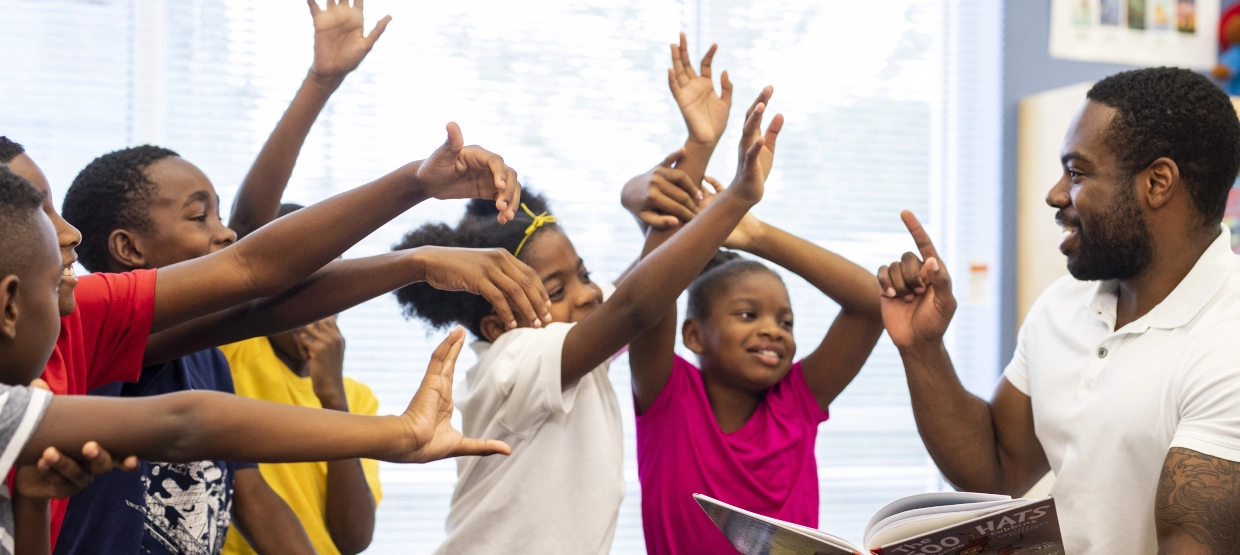
Naim Kapucu had just dropped his son off at daycare when the first plane hit the World Trade Center. At the time, he was a PhD candidate living in Pittsburgh, planning to spend the day focusing on his research. Instead, he returned home in time to turn on the TV and watch as the second plane flew into the second tower.
“I was just stuck on the couch and couldn’t move for hours,” says Kapucu, Pegasus Professor and interim associate dean of research and innovation for the College of Community Innovation and Education (CCIE).
While his reaction was far from uncommon, his response has been anything but. That day and the many days that followed became the focus of his dissertation, which became the focus of his first book — and, in many ways, his springboard to becoming a global leader in crisis leadership, emergency management and community resilience.
“When I finished my dissertation and moved to Florida in 2003, I thought I’d never need to worry about emergency management again,” he says, with a chuckle. He has since published research on human-made and natural disasters from the COVID-19 pandemic to hurricanes Charley, Irma and Katrina. This spring, he traveled to Kazakhstan to provide feedback on a nationwide emergency management system and to train senior government officials on emergency and crisis management. Prior to that, as a Fulbright Distinguished Chair, he spent a year in Australia, observing the creation of its National Emergency Management Agency. There, Kapucu learned he was more than a participant. He was told his previous research helped shape their nation’s recovery system.
Kapucu’s research isn’t just informing how nations, states and cities respond to crises, but also how they bolster stronger community resilience. Commonly used in emergency management, the term refers to the ability to prepare for, adapt to, and recover from adverse events.
“Broadly, resilience means the ability to bounce back quickly, and in engineering it’s become synonymous with sustainability,” Kapucu says. “But in the social sciences, we understand and utilize resilience much broader to examine what we can actually learn from the situation. How can we build better systems, better individuals, better communities, and better intergovernmental coordination?”
For Kapucu, the answer lies in a holistic approach that extends beyond the response systems put in place. It necessitates a deep understanding of the people those systems serve and the policies necessary to do so. That’s the innovative approach Kapucu and fellow researchers in CCIE are focusing on while working alongside community partners to ensure communities across Florida and beyond not only withstand and recover from adverse events — but adapt and become stronger as a result. Here’s how.
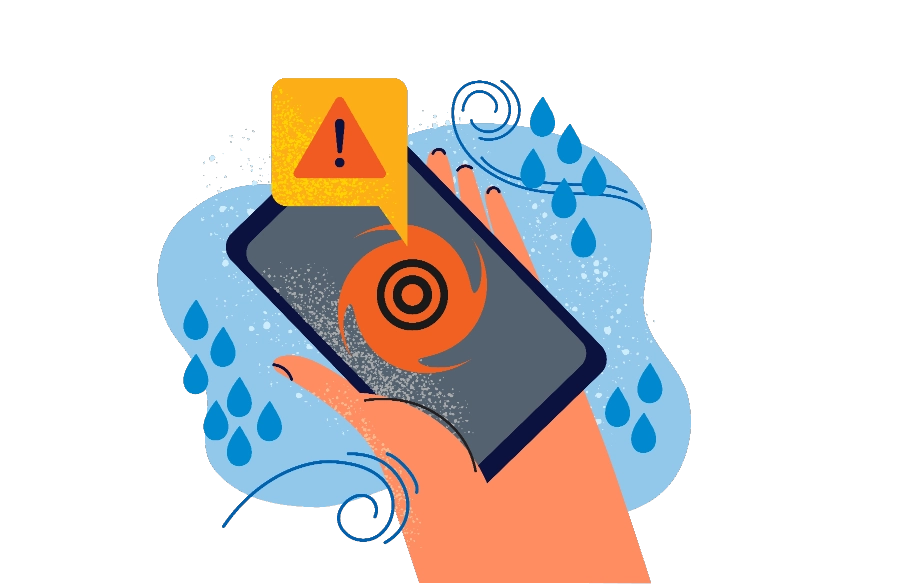
Before even starting at UCF, Associate Professor Yue “Gurt” Ge was working to make gray-sky days — or natural disasters — safer for Floridians.
As the social sciences lead on a National Science Foundation grant, he was part of an interdisciplinary team tasked with making hurricane evacuations safer and faster for residents. To do so, the team surveyed 5,000 households in the Jacksonville metro area after Hurricane Matthew to help emergency managers uncover the routes, destinations, and means of transportation community members would use. The data helps officials make better informed decisions that keep residents safe.
It’s work he continues at UCF as co-lead — along with Kapucu — of the Urban Resilience Initiative.
“A big focus of our research in URI is understanding the levels of certainty or uncertainty people feel when they receive critical information,” Ge says. “For example, how does the community understand different forecast models and make decisions on when to evacuate? But also, how do emergency managers weigh important factors, such as when to ask the public to evacuate?”
A new NSF-funded grant has Ge expanding on that work even further to figure out how to improve real-time emergency communications during disasters. The end product is a mobile app that combines data modeling with real-time updates, so emergency managers can compare what worked in the past with what’s happening in the present. The data is being collected from surveys, policy and plan documents, 311 non-emergency calls, and even past Twitter posts. The app will integrate that data with artificial intelligence models, geographic information systems, and user-generated updates so officials can have a full picture of an emergency — literally in the palm of their hands — as it unfolds.
That’s by design. Ge says the project wasn’t an idea he and his colleagues came up with on their own. It’s what Central Florida community leaders said they needed. In fact, the East Central Florida Regional Planning Council is collaborating with UCF to adopt the app.
“We work with the community to find real-world problems and provide user-inspired solutions based on research that they can use right away,” Ge says. “For Naim, myself and other UCF faculty members, we’ve been working with the City of Orlando, Orange and Seminole counties and others for a long time. Their input is the foundation of our research.”
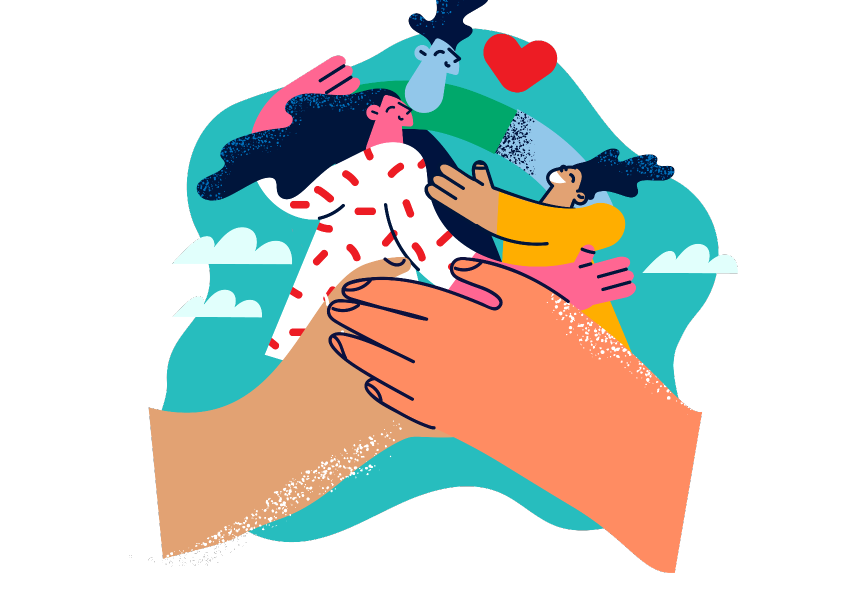
Amy Ellis knows firsthand how important positive connections are for developing resiliency. As a child, she turned to her godparents to provide a safe space when her home wasn’t one. In high school, she relied on a volunteer grief counselor to help her navigate her mother’s unexpected death. And as a public language arts teacher early in her career, she met talented students who were disengaged, whose parents were disinterested or incarcerated, and who needed someone to believe in them. When they didn’t find that, she found they often turned to gangs or drugs.
“One of the most important support systems young people need to succeed is a positive connection to others — trusted adults such as godparents, teachers, counselors and community school directors,” says Ellis, who is the director of the UCF Center for Community Schools.
The Community Partnership School (CPS) model embeds opportunities for those connections to occur by providing resources — from safe spaces to health and wellness services — for students and their families in underserved communities. Today, there are 44 Community Partnership Schools across 23 districts in Florida, spanning from Miami to Tallahassee.
But back in 2010, Ellis became involved in early conversations about this new kind of a model that would take root at Evans High School. The idea was simple enough: Bring together a school district, a healthcare provider, a nonprofit organization and a college, and get them to provide on-site services from healthcare to after-school programs. At Evans, that included Orange County Public Schools, Orange Blossom Family Health, Children’s Home Society of Florida and UCF.
Something remarkable happened. Within the first six months of operating at Evans, crime rates in the neighboring area decreased by 17%. Graduation rates increased from 64% in 2011 to 93% percent in 2023. College acceptances have increased by 185%.
“The CPS model is a comprehensive approach to community schooling,” says Ellis, who was hired as the first senior administrator to help develop the policies, processes and frameworks that now serve more than 33,000 public school students and their communities in Florida. “By leveraging the resources of four core partners, the CPS model provides students with the resources and opportunities they would not otherwise have access to.”
That includes people who believe in them, who help them through the worst of times and ensure they have a safe space when they need it. The results speak for themselves. Across the board at CPS sites, attendance is up by 6%. Students perform better on standardized math assessments. And for the last two years, they have graduated at higher rates than before.
“When we focus on schools, families, and communities, we change a system — a system that provides a net of support for students so they can achieve their highest potential,” Ellis says.

At the core of every resilient and thriving community lies trust. It allows governments to work. For people to come together. And for the types of dialogue necessary to not only rebound after an adverse event but to grow and flourish.
Professor Thomas Bryer has been at the forefront of cultivating this vital ingredient, both in the classroom and among local government professionals, by facilitating public conversations and workshops centered on consensus building and conflict management.
“From a national perspective, if we want to have a process where we can co-create a future together, we have to be able to move people away from information that is shared with bad intent,” Bryer says.
His latest book, Integrating Community Engagement in Public Affairs Education, delves into the intricacies of navigating tough conversations on contentious topics. Through case studies, Bryer demonstrates how he incorporates this process into the curriculum for graduate students in the Master of Public Administration program, where the objective isn’t so much consensus but rather empathy and understanding.
As part of their coursework, students are asked to craft questions that foster inclusivity and open-mindedness, preparing them for the complexities of serving populations with diverse beliefs and political leanings — especially in the misinformation age.
“It is better to have experts make the most crucial decisions with public input,” wrote one student in an anonymous course evaluation.
For over a decade, Bryer has also conducted workshops on citizen engagement for the International City/County Management Association, emphasizing that sometimes government officials need to leverage the community champions who have gained the community’s trust. In times of crises, those trusted individuals can help monitor sentiment and push out accurate information across digital media platforms.
“Folks who don’t trust the government are not going to believe a fact check put out by the government,” Bryer says. “Instead, government entities need to identify a network of allies and put them to use as the voices of good information. The more trusting relationships you have, the more likely you are to overcome, to grow and to be better prepared for the next time.”
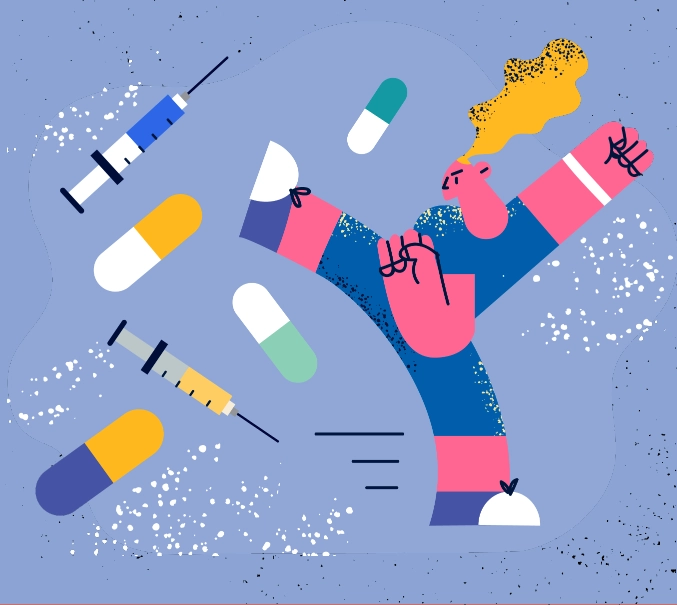
The evolution of the opioid crisis provides a solid framework for resilience in action.
“A lot of the policy tools, healthcare tools, and even research assumptions that we were making even 10 years ago about opioid addiction are not really applicable today,” says Associate Professor Barbara “Basia” Andraka-Christou. “We’re constantly having to go back to the drawing board and ask, what are we going to do now?”
That’s because as solutions are provided to address opioid addiction, usage patterns shift. For example, the crisis began with addiction to prescription opioids, such as oxycodone and hydrocodone. As access to those medications was restricted, people addicted to the substance switched to heroin, and then to synthetic opioids, like fentanyl. Now we’re in what experts identify as the fourth wave, where users are mixing fentanyl with stimulants — mainly methamphetamine or cocaine — further complicating treatment.
“When you’re treating someone for one drug addiction, that’s one thing,” Andraka-Christou says. “It’s already hard enough, but when you start to add in other drugs, it makes it even more complicated in a lot of different ways.”
As a member of the public policy committee of the American Society of Addiction Medicine, Andraka-Christou helps propose and advocate for policies regarding evidence-based addiction treatments based on what people living with addiction have shared. For her book The Opioid Fix: America’s Addiction Crisis and the Solution They Don’t Want You to Have, she conducted more than 100 in-depth interviews with people living with and recovering from opioid use disorder, as well as the people who care for them. That number is now closer to 200.
“I would say the thing that struck me the most and continues to strike me is how incredibly motivated someone has to be to successfully initiate addiction treatment and continue it,” Andraka-Christou says. “The amount of barriers that we have in place as a society is just shocking.”
Take for example methadone, an effective treatment for opioid addiction that reduces the risk of dying of an opioid overdose by 50%. Even as overdose deaths skyrocketed during the 2000s and 2010s, the federal government maintained strict requirements for methadone distribution. For nearly 50 years, if someone wanted to undergo treatment, they’d have to go to a facility — which in some states are up to several hours away — and wait in line. Then, the COVID-19 pandemic hit and forced the U.S. government to innovate. New laws enabled methadone clinics to distribute up to a monthlong supply of methadone for patients to take at home.
“That example of resilience — of having to change to address a reality — resulted in a positive change to the addiction treatment policy world,” she says “It really took this kind of external shock to the system that in many ways, of course, was awful. I mean, COVID was a really bad thing. But in the end, I think they devised an approach that is a lot better than what we actually had before COVID.”
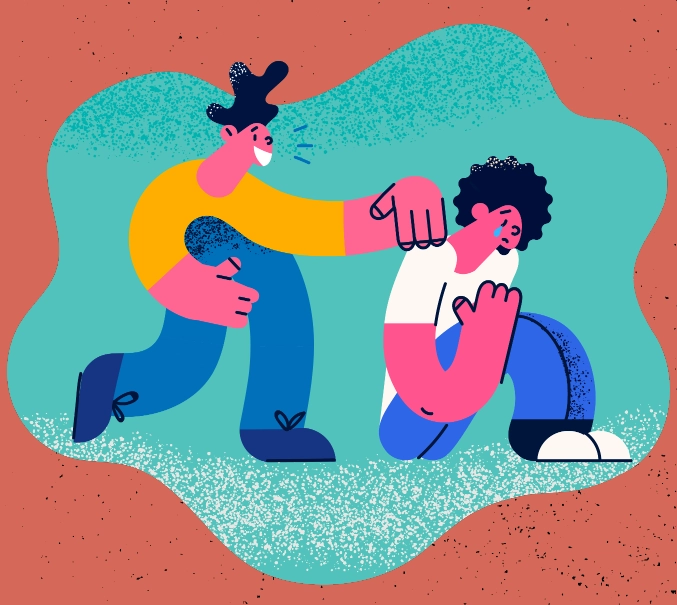
Associate Professor Jennifer Peck has dedicated her career to understanding how the juvenile justice system impacts different populations, with a singular goal: to optimize pathways for the successful reintegration of all children upon exiting the system.
“Kids are developmentally different from adults,” Peck says. “They have the ability to change and be amenable to treatment and services. In Florida, the Department of Juvenile Justice focuses on providing individualized treatment for youth based on their needs. My work is examining where disparities may occur to help ensure rehabilitative efforts are as effective as possible.”
Those disparities can occur not only in their home life, their schools, and even their legal representation, but also in how, for example, different genders respond to mental health treatment or different races and ethnicities interpret traumas.
“We know that most youth involved in the juvenile justice system have a history of some form of a traumatic event in their life, also known as adverse childhood experiences (ACEs),” she says. “Using trauma-informed care helps clinicians and staff better understand how justice-involved youth may react while in a program or receiving community-based services because of what happened to them.”
For instance, while divorce is classified as one of the 10 ACEs, the experience of it can vary. In certain contexts, divorce may be interpreted not as a trauma but as the culmination of its end, as when divorce can be a means to escape parental abuse, neglect or other negative family living arrangements.
“At the heart of juvenile and criminal justice matters is an attempt to address, adapt and prevent future acts of crime, especially violence, within the community,” says Peck. “The most successful outcome, though, requires a range of community partners working together with residents — and understanding that the path to successful reentry often looks very different for different individuals.”
UCF College of Community Innovation and Education
12494 University Blvd.
Orlando, FL 32816
